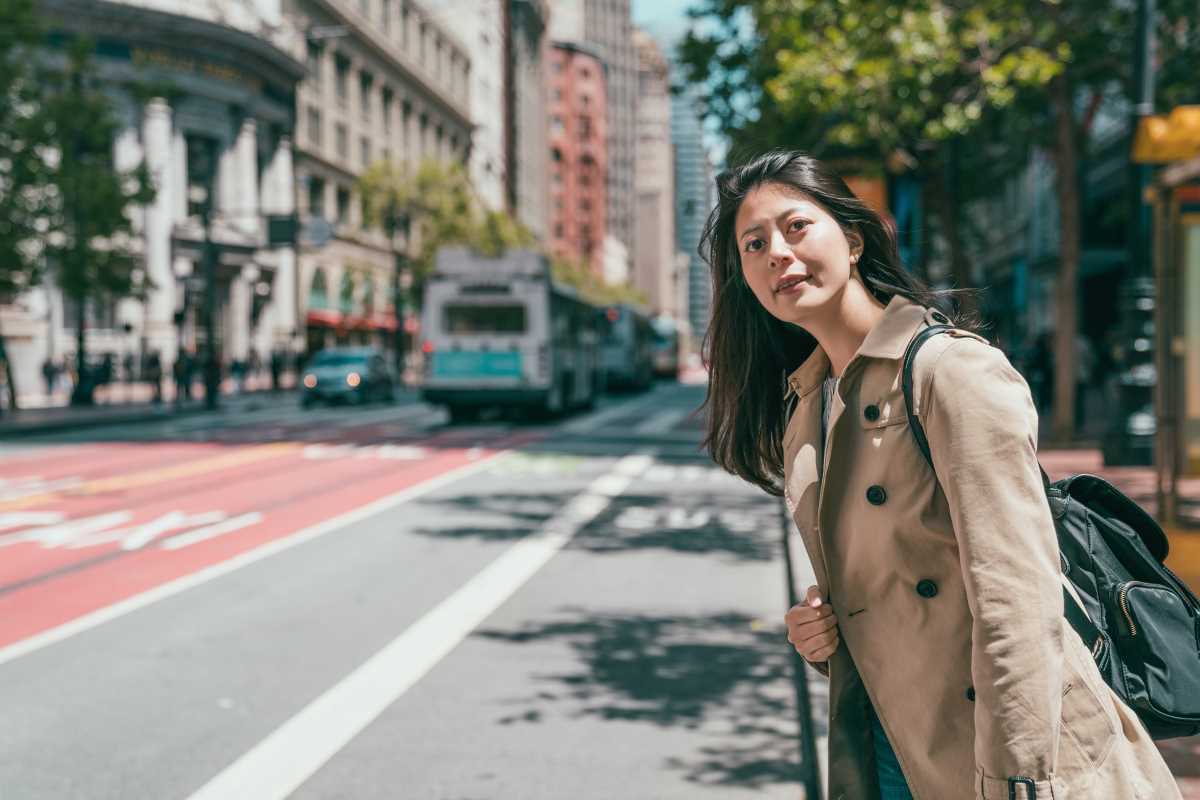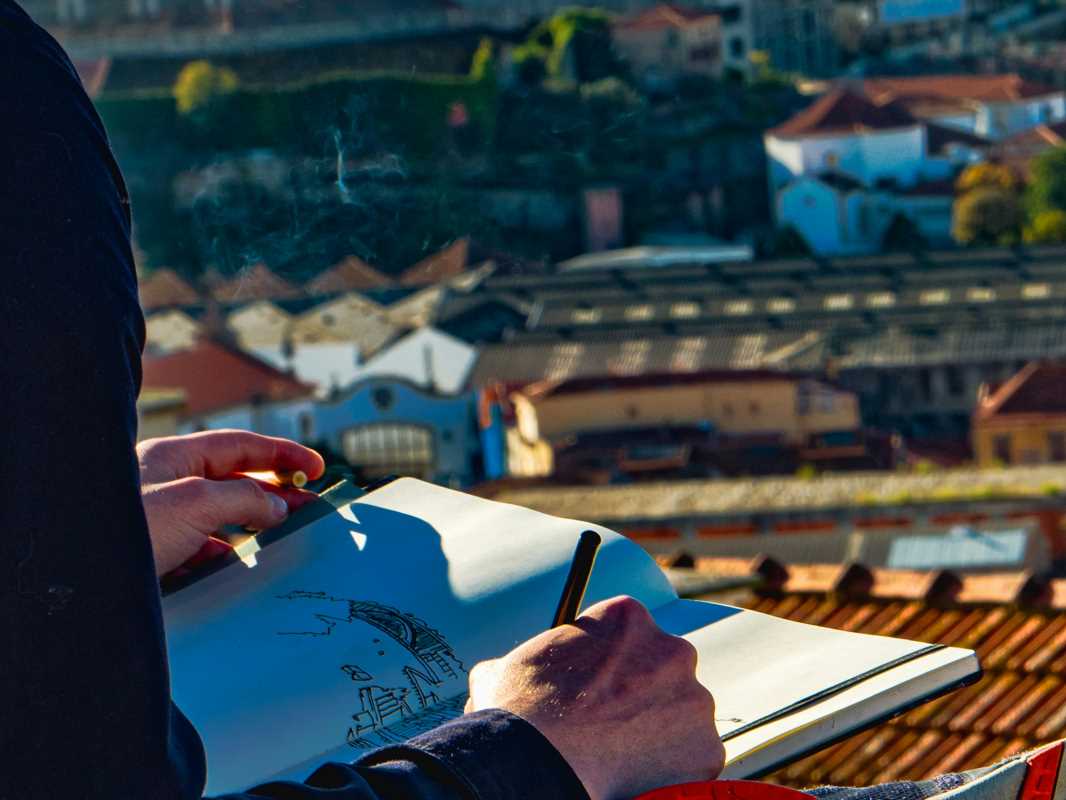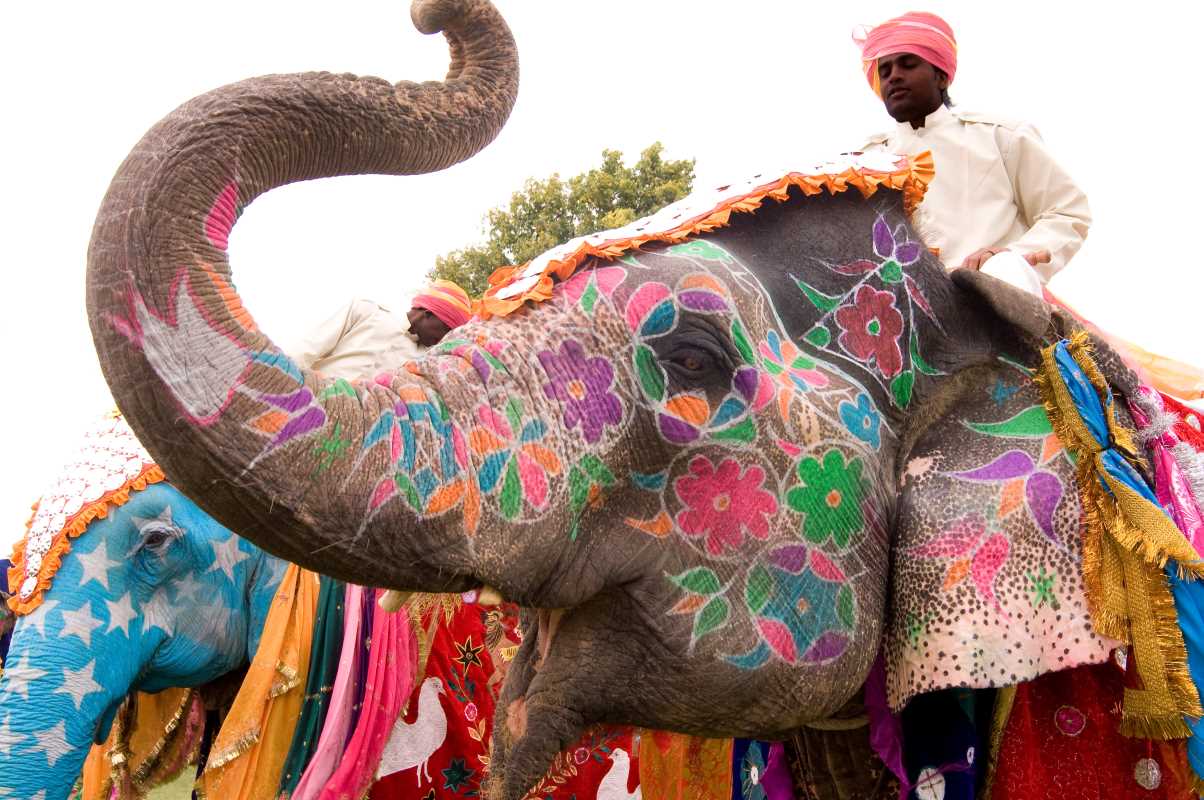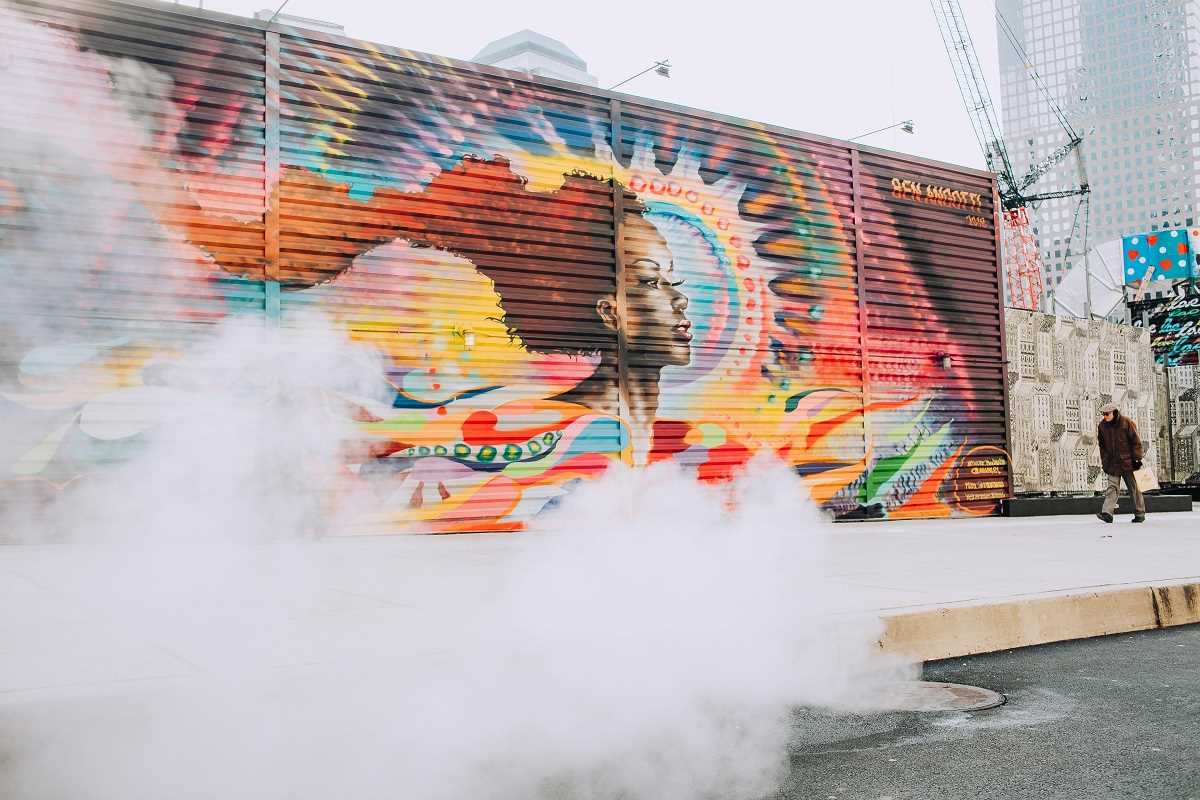Exploring new destinations brings a special excitement, especially when you discover items that truly reflect the heart of a region. Holding a hand-carved wooden ornament painted with traditional colors or a hand-stitched pouch decorated in bold patterns reveals the care and creativity of local artisans. Each unique piece tells its own story, shaped by the hands and imagination of its creator. By choosing these handcrafted treasures over factory-made souvenirs, you form a direct connection with the people who make them and gain insight into their culture. Each item becomes more than a keepsake—it becomes a lasting memory with a personal story attached.
Unexpected Treasures Beyond Typical Finds
When you wander through winding market alleys or remote village stalls, you notice items that challenge the usual postcard and keychain offerings. Each piece reveals a layer of local history, uses materials unique to the region, and shows the maker’s imagination. Some artisans incorporate ancient techniques passed through generations, turning shells or clay into wearable art. Recognizing this creative energy turns any purchase into a meaningful memory that sparks conversations long after you return home.
Collecting these distinctive pieces also cultivates curiosity. As you ask about a pigment’s origin or a weaving pattern’s symbolism, you deepen your appreciation for different cultures. Since each shipment and craft cycle varies, you never encounter the same object twice. That limited availability makes every find truly special, encouraging you to explore further corners of a town or country in search of the next hidden gem.
Connecting Through Artisan Narratives
Conversations with artisans often reveal unexpected backstories—how a potter sources clay from a riverbank at dawn or how a textile artist dyes fabric using foraged roots. These stories enrich your travel journal and help you remember the warmth of a shared smile or the dusty light in a workshop. Before long, your collection of keepsakes becomes a visual tapestry of experiences rather than a random assortment of souvenirs.
By engaging with makers, you foster respectful exchanges that go beyond buyer and seller. You discover that many artisans happily demonstrate techniques, invite you to try a spinning wheel or a carving knife, and share tips on caring for delicate finishes. Such involvement guarantees authenticity and nurtures relationships that might lead you to off-the-grid studio visits on future trips.
Choosing the Perfect Keepsake
- Material Insight
- Purpose: Understand why certain natural fibers or minerals carry cultural significance.
- Step-by-step usage:
- Ask about the raw material’s origin
- Inspect texture and weight in natural light
- Confirm any treatments or finishes applied
- Cost/metric: Prices range from budget-friendly local currency rates to premium artisan pieces depending on rarity.
- Insider Tip: Bargain gently by suggesting a small addition (like handcrafted packaging) to the deal for free.
- Design Harmony
- Purpose: Ensure each piece fits your personal style and home décor.
- Step-by-step usage:
- Compare patterns against your existing collection or favorite colors
- Photograph potential items next to sample swatches
- Seek artisan advice on complementary shapes or motifs
- Cost/metric: Small textile samples may cost under $10, while large tapestries can exceed local daily wages.
- Insider Tip: Ask if you can pay in installments when investing in higher-priced pieces.
- Functional Versatility
- Purpose: Choose items that serve daily use rather than sit unused.
- Step-by-step usage:
- Test stability or waterproofing if you plan to display outside
- Inquire about weight limits for hooks or shelves
- Confirm cleaning instructions from the maker
- Cost/metric: Functional pieces like coasters often start under five local units of currency; larger furniture spans hundreds.
- Insider Tip: Request a small trial sample to test durability before a bigger purchase.
- Authenticity Check
- Purpose: Avoid imitations and factory reproductions.
- Step-by-step usage:
- Look for subtle imperfections that indicate handcrafting
- Ask to meet the artisan or see a quick demo
- Compare with photos of known technique steps on-site
- Cost/metric: Genuine handmade items may carry a slight premium—often 15–30% above mass-produced copies.
- Insider Tip: Bring a portable magnifier or pocket microscope to spot machine marks versus hand-tool traces.
- Story Documentation
- Purpose: Preserve the maker’s background for future reference.
- Step-by-step usage:
- Jot down artisan name and workshop location after purchase
- Photograph tools or workspace for context
- Request a simple handwritten note or tag in native language
- Cost/metric: Adding documentation usually costs under a local unit of currency; some artisans include it free.
- Insider Tip: Scan or photograph any labels immediately, since ink fades quickly in humid climates.
Securing Authentic Finds and Fair Prices
- Visit less-trafficked outdoor bazaars or village fairs instead of central tourist spots. Watch for clusters of small stalls hidden in alleyways or basements—these often host dedicated artisans rather than resellers.
- When you spot a workshop wall crowded with raw materials—yarn skeins, leather hides, slippery puddles of dye—step inside and ask to watch a quick demo. Genuine makers welcome this interest and may even offer a minor discount for genuine curiosity.
- Instead of asking for “what’s your lowest price,” inquire about the time investment and materials cost. This approach reveals the maker’s perspective and makes any counteroffer more respectful and likely to succeed.
- Carry a sturdy tote or foldable crate to protect fragile goods and prevent damage during transport. Use a water-resistant cover to shield items from unexpected weather.
- Seek advice from small café owners, hostel staff, or community guides who know artisans personally. They can recommend trustworthy creators and help you avoid middlemen who inflate prices.
Every encounter with a craftsperson enriches your understanding of place and technique. Embrace curiosity, ask thoughtful questions, and invest in souvenirs that carry both aesthetic appeal and heartfelt stories.
Your next trip awaits with workshops to explore, stories to uncover, and handmade souvenirs that make every journey unforgettable.
Each piece you bring home adds to a collection of memories and connections, letting you relive those moments whenever you wish.
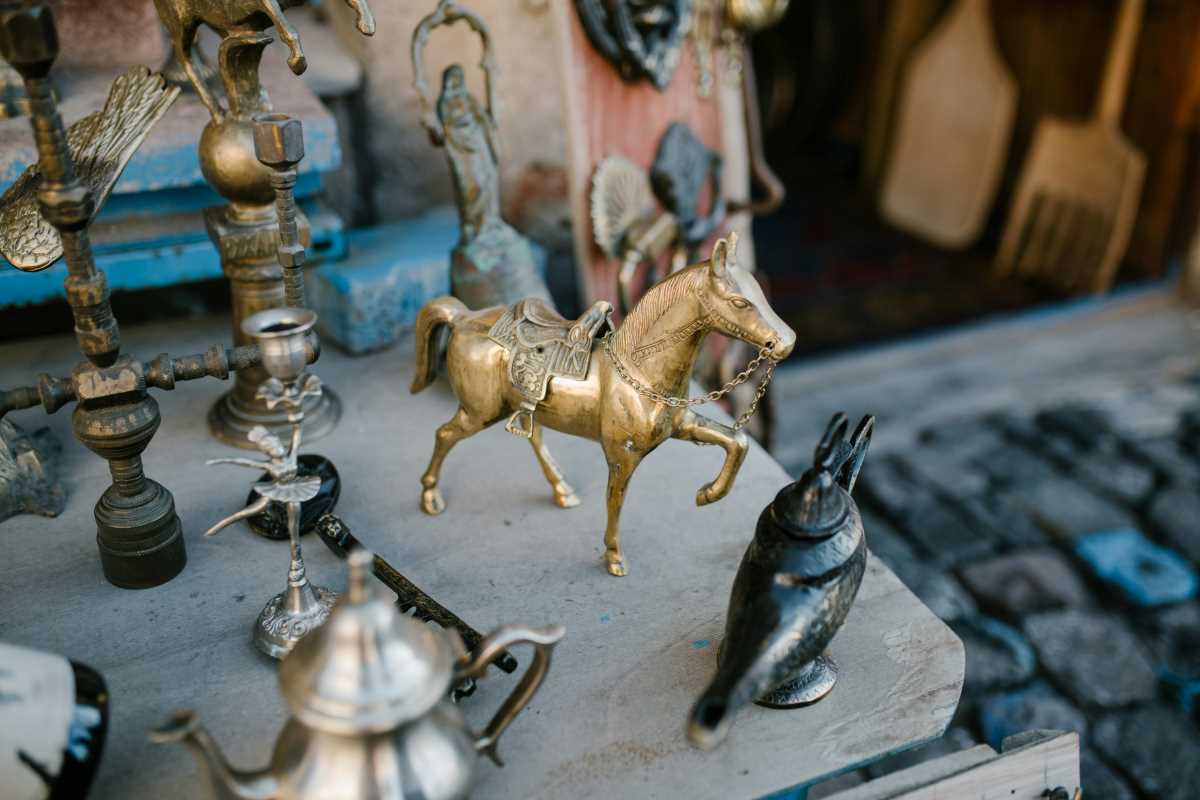 (Image via
(Image via